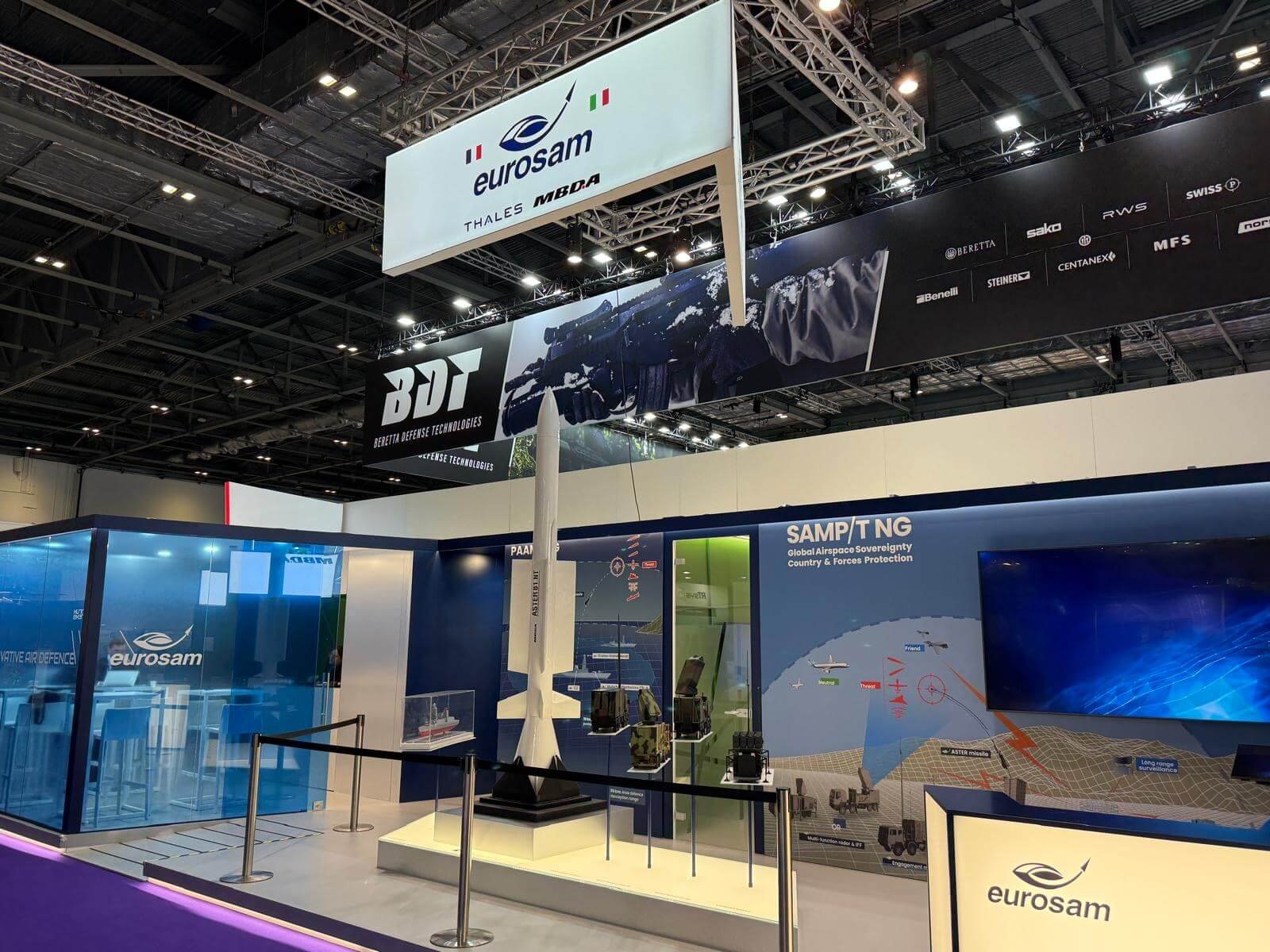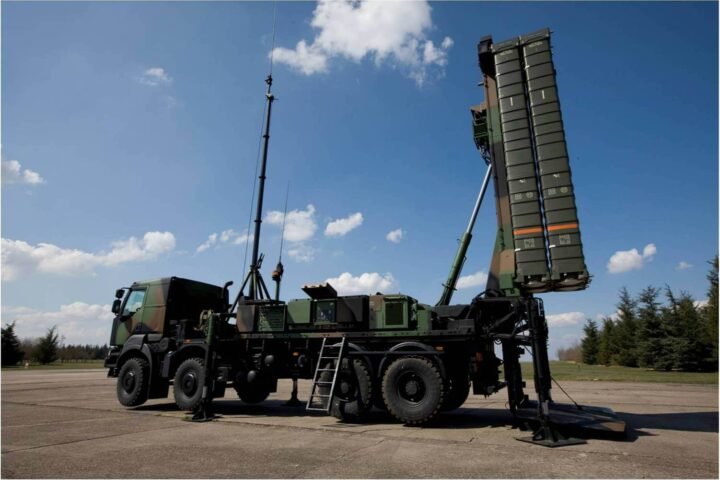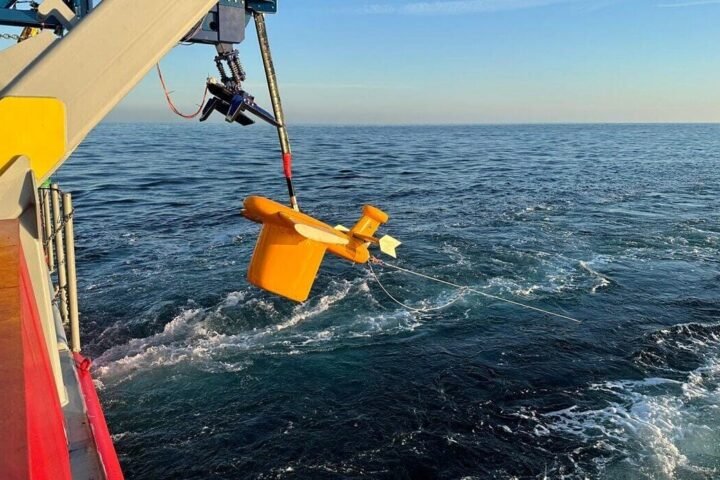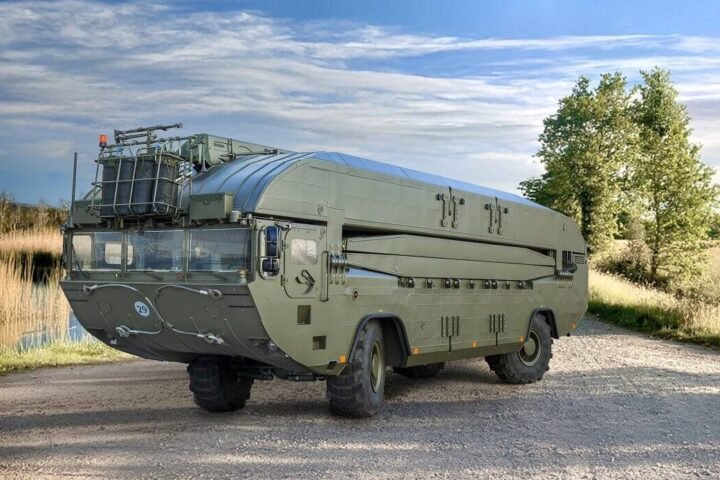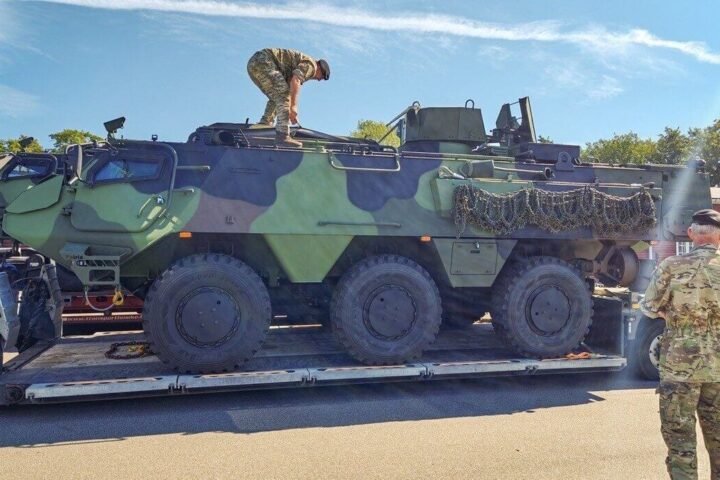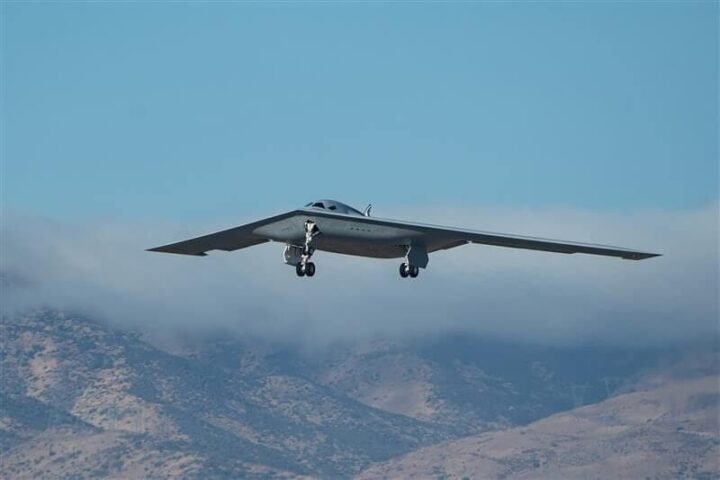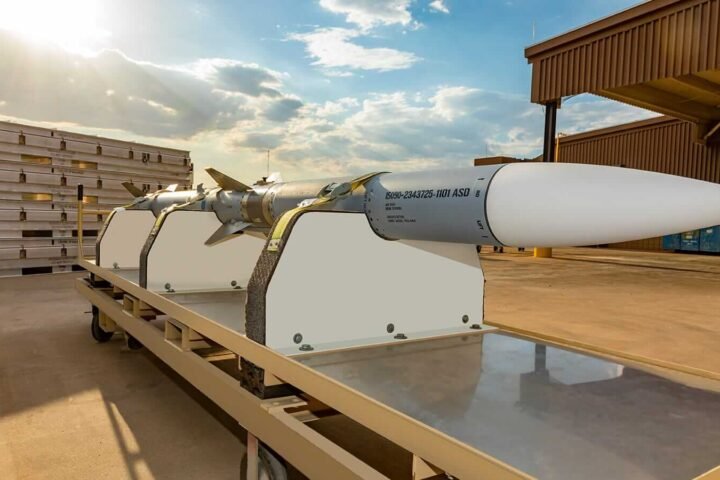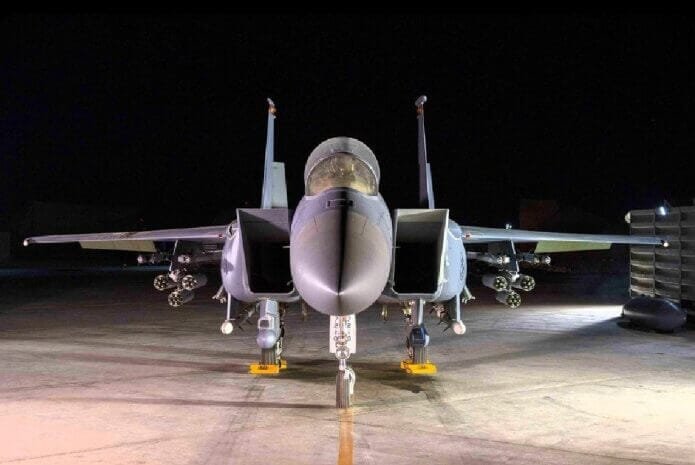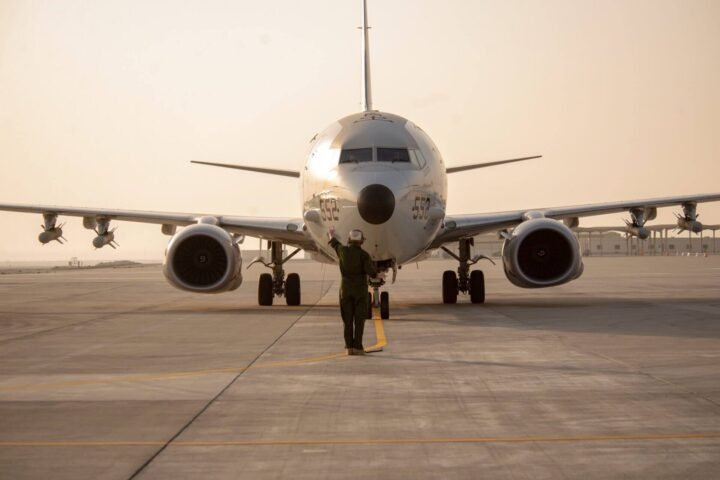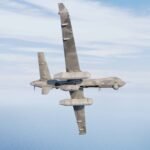Denmark makes a decisive step in strengthening its defense capabilities by signing a political agreement for the acquisition of eight medium and long-range terrestrial air and missile defense systems. This is the largest single military order ever placed by the country regarding the reconstruction and modernization of the Armed Forces.
An Unprecedented Investment
The total value of the operation is estimated at 58 billion Danish crowns (about 7.8 billion euros) in the validity period of the agreement. The goal is to equip Denmark with a multilayer defense network capable of protecting civilian populations, military targets, and critical infrastructures from threats from the sky, including drones and ballistic or cruise missiles.
The choice reflects the lessons learned from the conflict in Ukraine, where air defense systems have proven vital in countering widescale Russian attacks. “The current geopolitical situation makes ground air defense an absolute priority,” said Defense Minister Troels Lund Poulsen, underlining that the first system will be operational by 2025.
Selected Systems
The Danish plan is based on two levels:
- Long range: the Franco-Italian SAMP/T system will be acquired, already in service in France and Italy and recently adopted by other European countries. This system is able to intercept short-range ballistic missiles and aircraft at great distances.
- Medium range: the choice will fall on one or more solutions among the Norwegian NASAMS, the German IRIS-T SLM, and the French VL MICA. These systems, highly mobile and flexible, will allow to cover vast areas and integrate the protection of the most sensitive infrastructures.
Each system will consist of four units – radar, command center, launch platforms, and missiles – capable of operating autonomously, but can be integrated to form a layered defense on a national scale.
Strategic Motivations
According to the Chief of the Defence Staff, general Michael Hyldgaard, the chosen model aims to guarantee “multiple levels of protection of air space, with integrated and complementary systems”. A decision that, in addition to reducing delivery times thanks to a plurality of suppliers, strengthens European industrial cooperation in the defense sector.
General Per Pugholm Olsen, the head of the FMI (Danish agency for military supplies), emphasized that the decision to diversify supply sources allows the acceleration of the service entry and the quick fulfilment of NATO objectives.
Bipartisan Consensus
All parties of the defense coalition – from the Social Democrats to the Conservatives, including the Danish Democrats, Liberals, and Popular Party – have supported the agreement, considering it as a necessary option to reduce the vulnerability of the country. Political forces have highlighted both the urgency to comply with NATO standards and the importance of strengthening the European defense industry.
“For too long Denmark has been without adequate air defense: we can no longer live with this uncertainty,” stated Danish Democrat spokesperson, Lise Bech. Conservative Joachim Hoffmann-Petersen echoed, stressing that it was a crucial choice “to have what the Armed Forces need, and have it quickly.”

